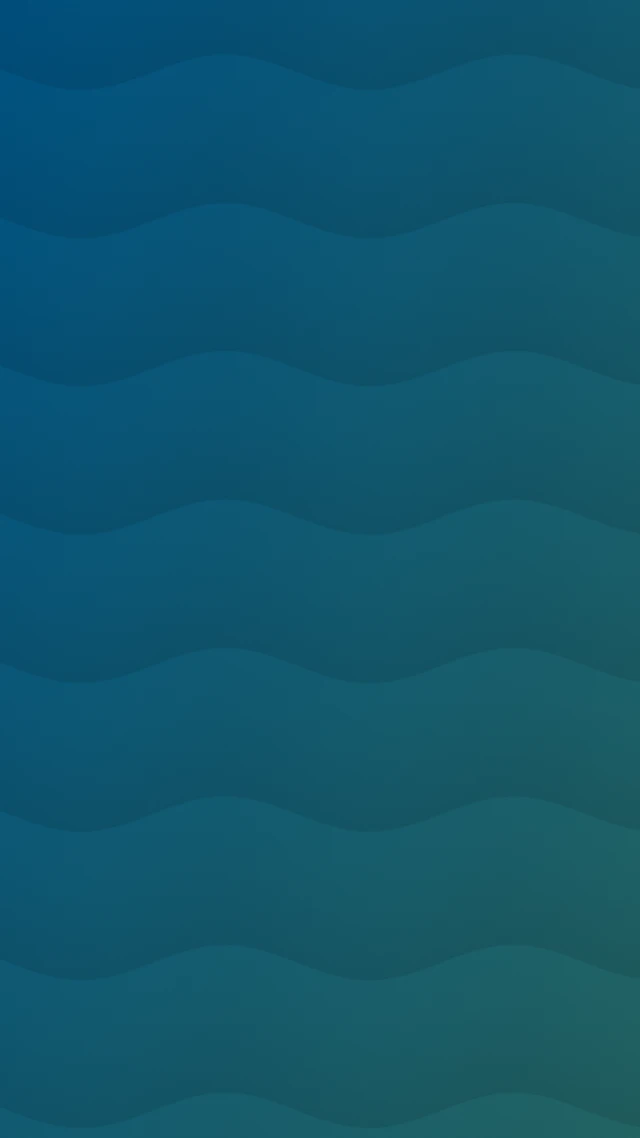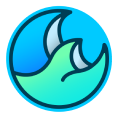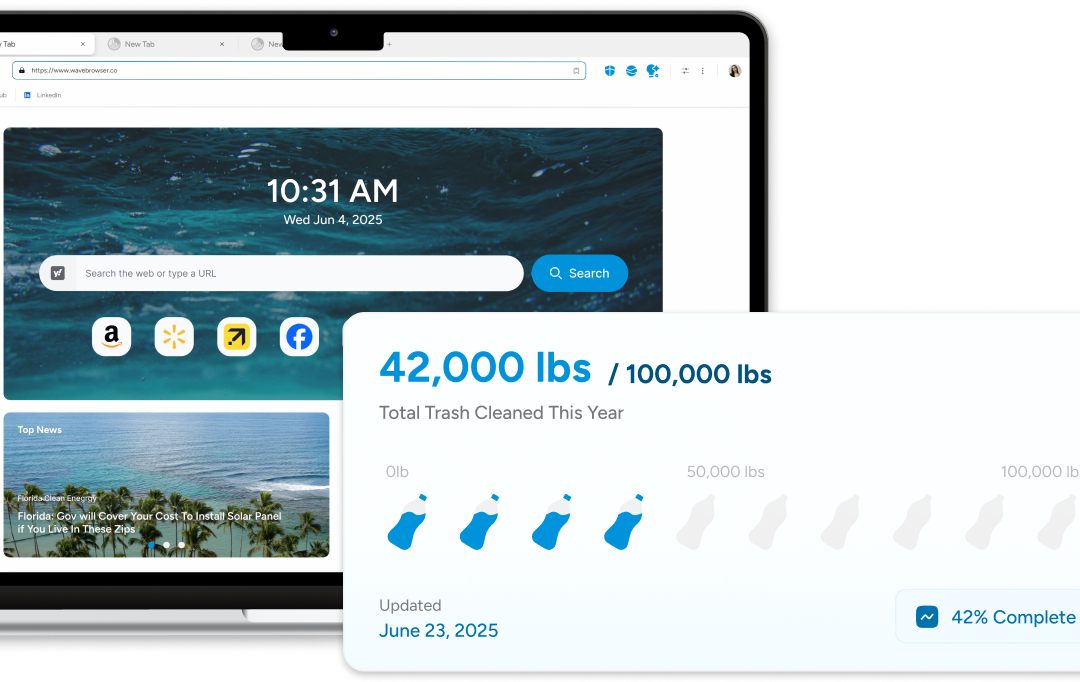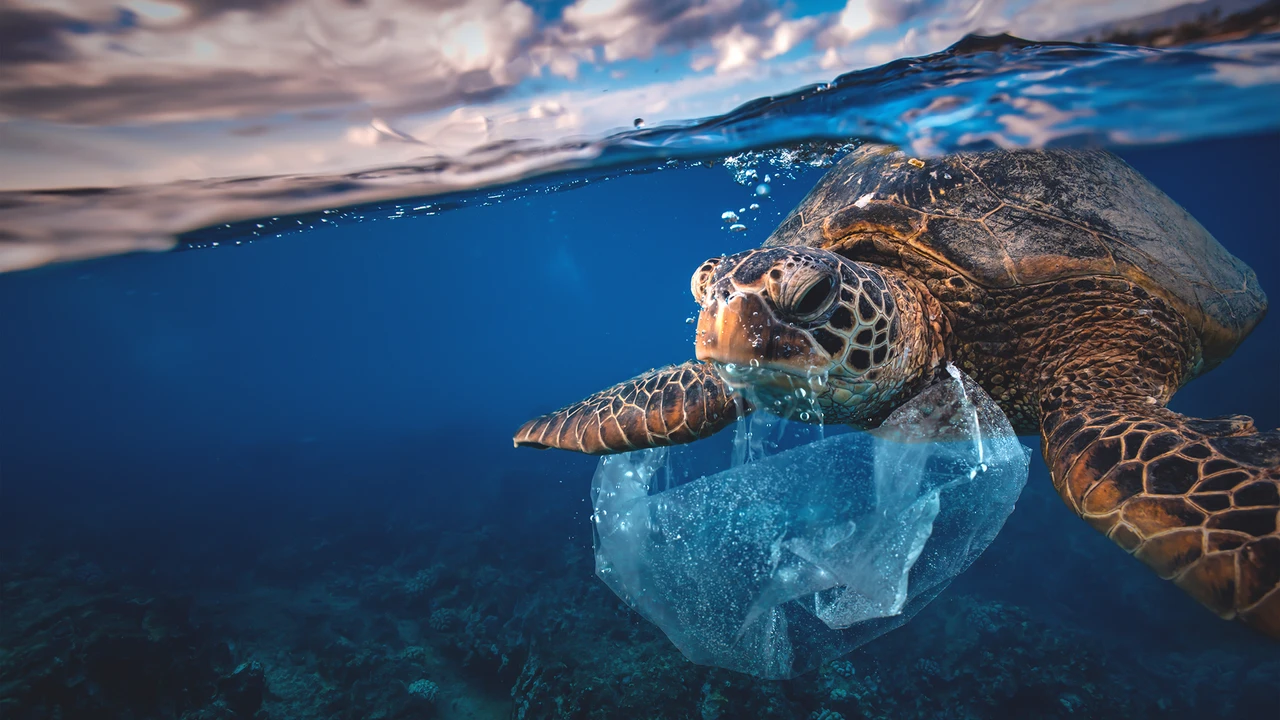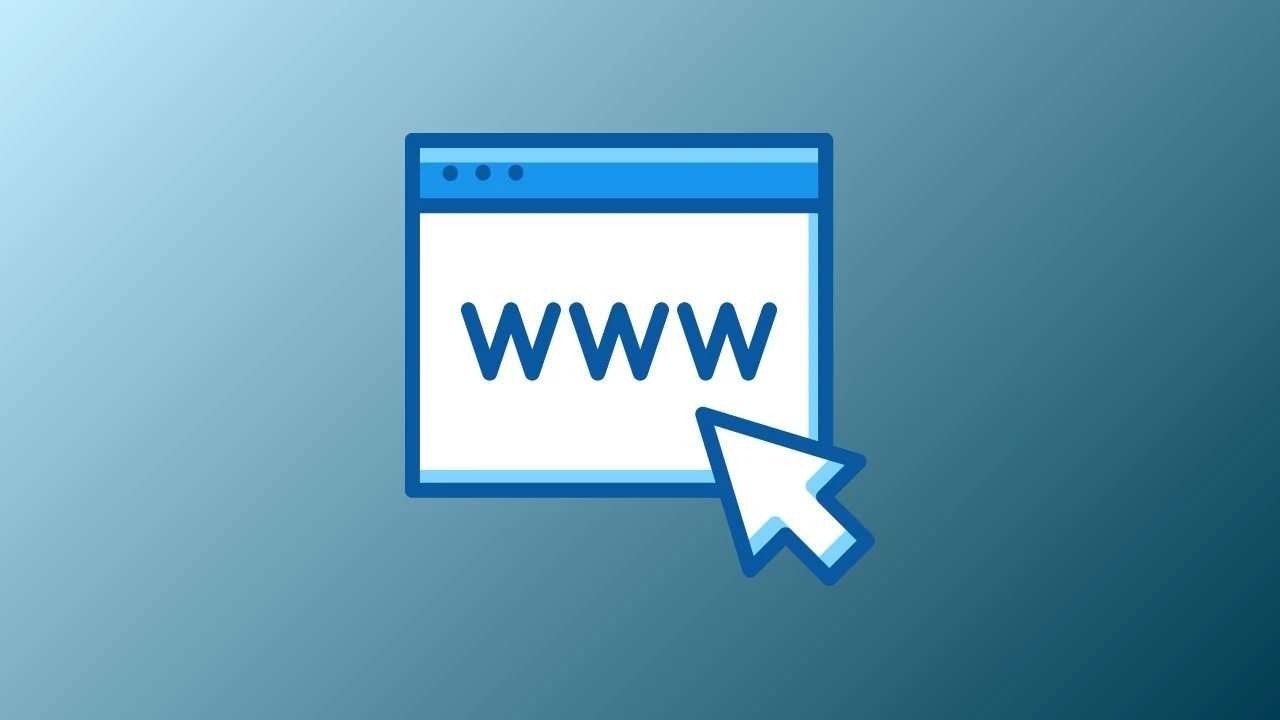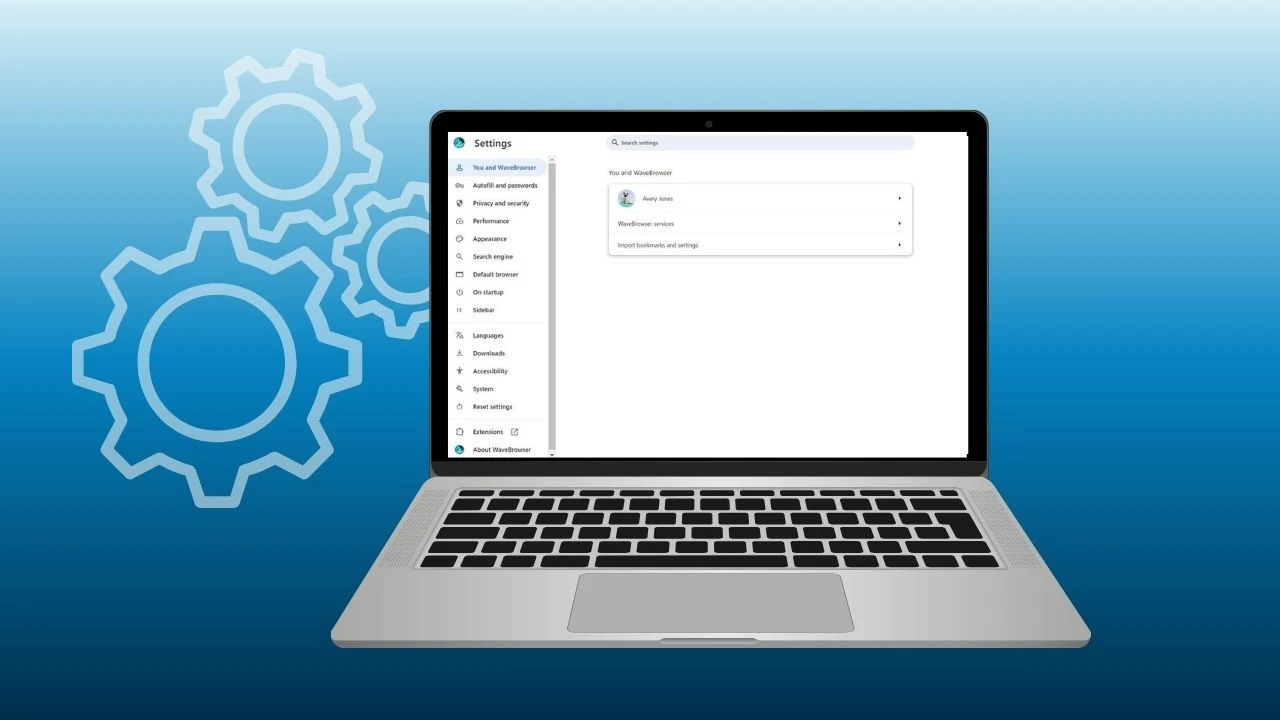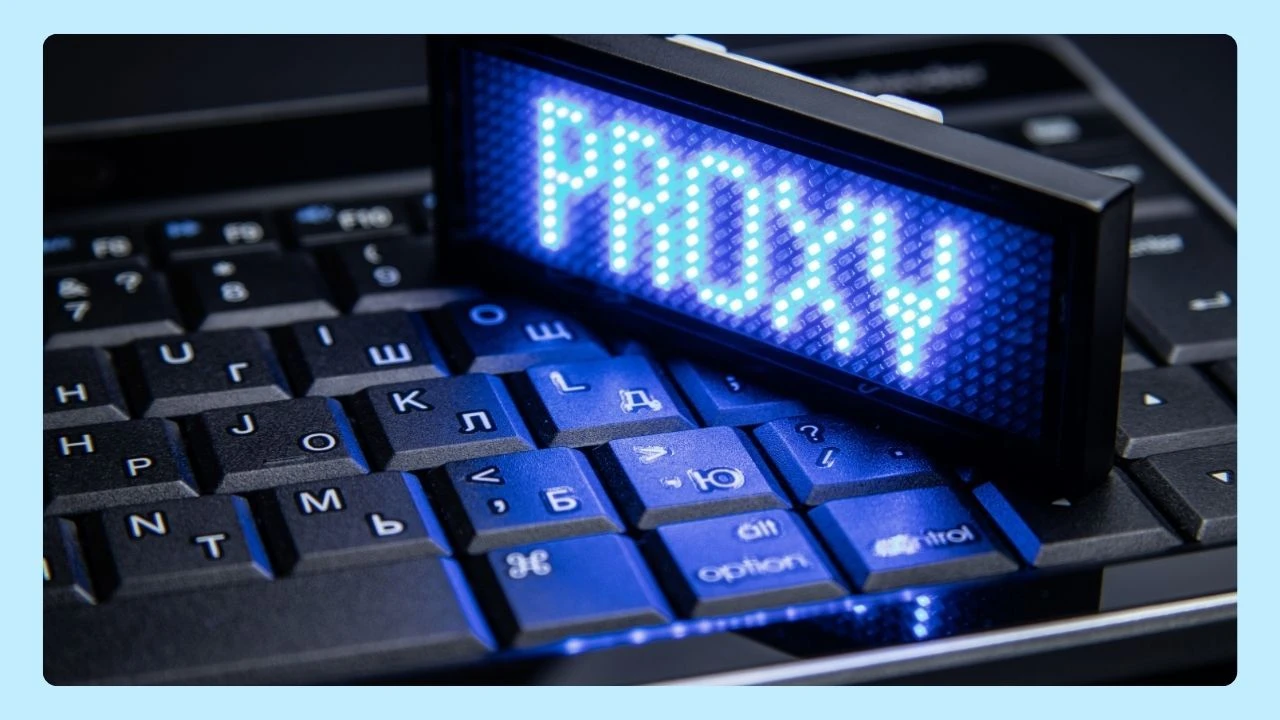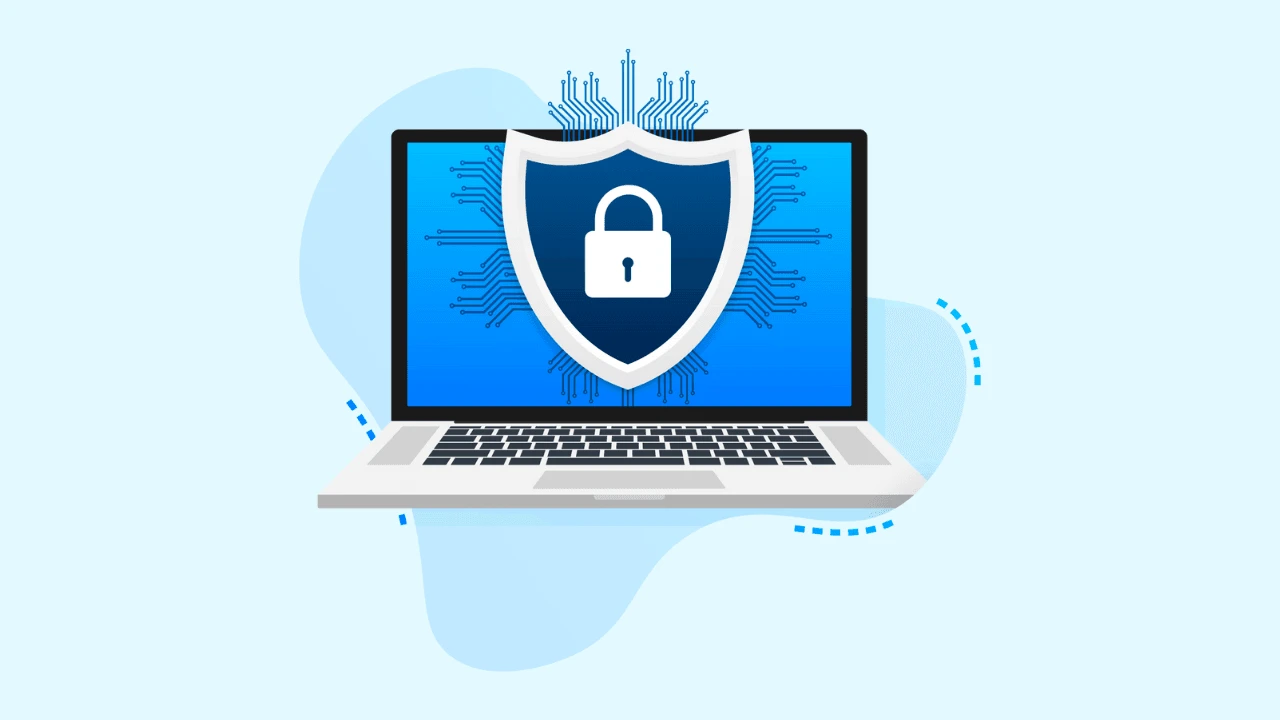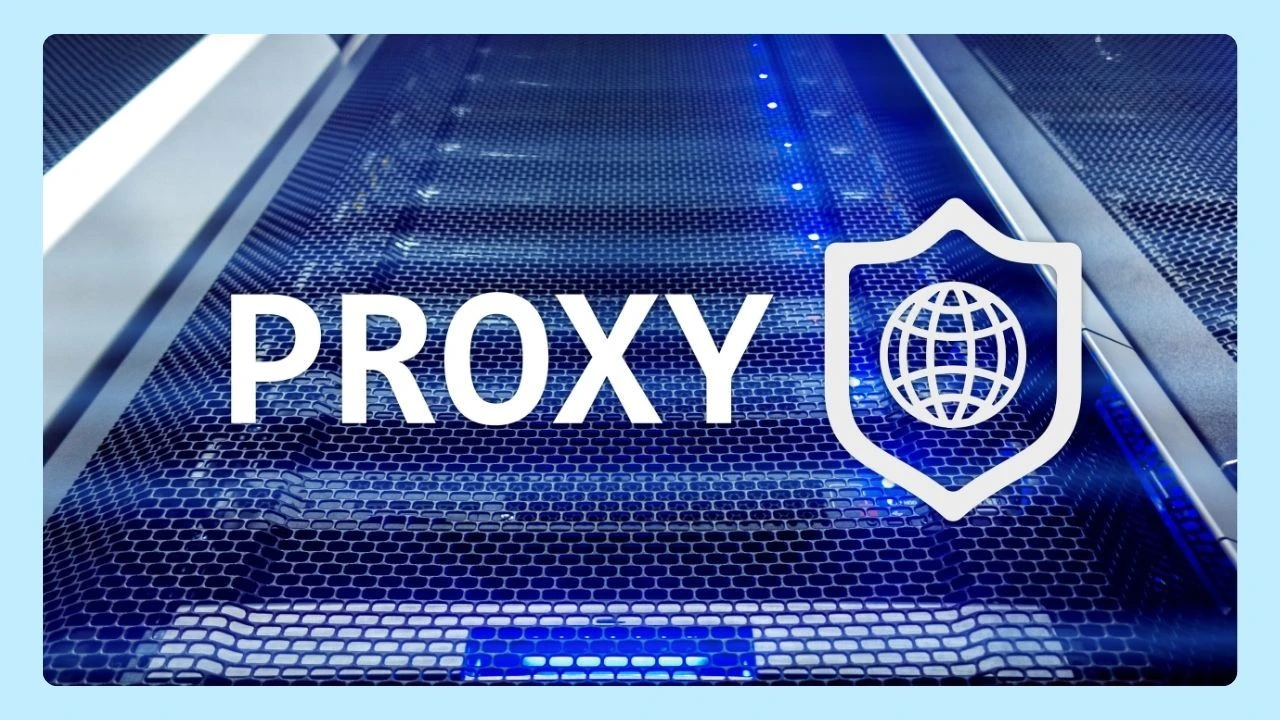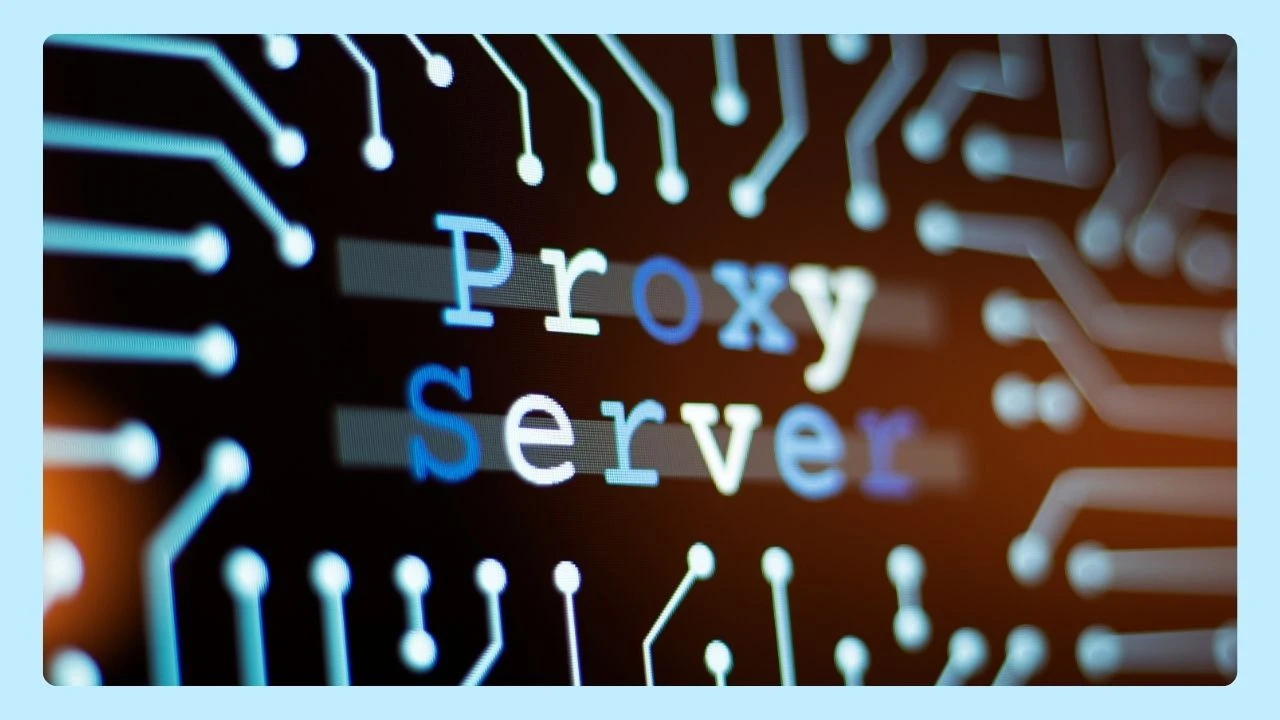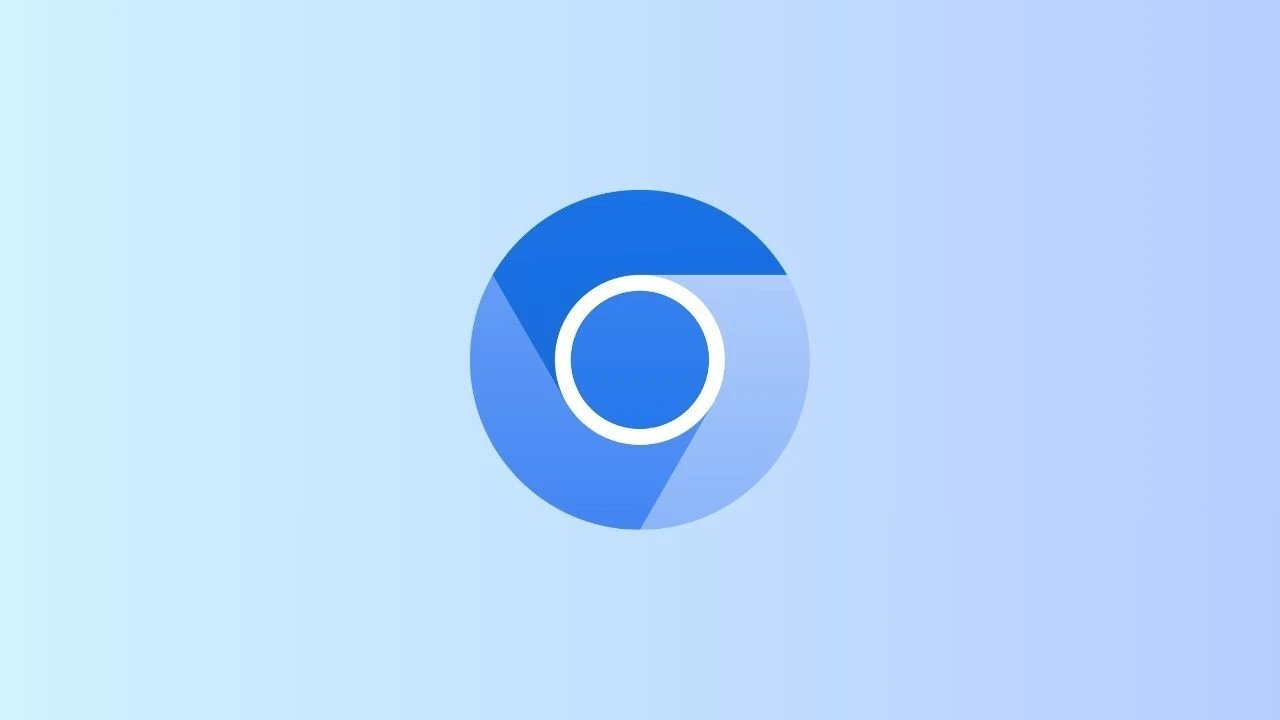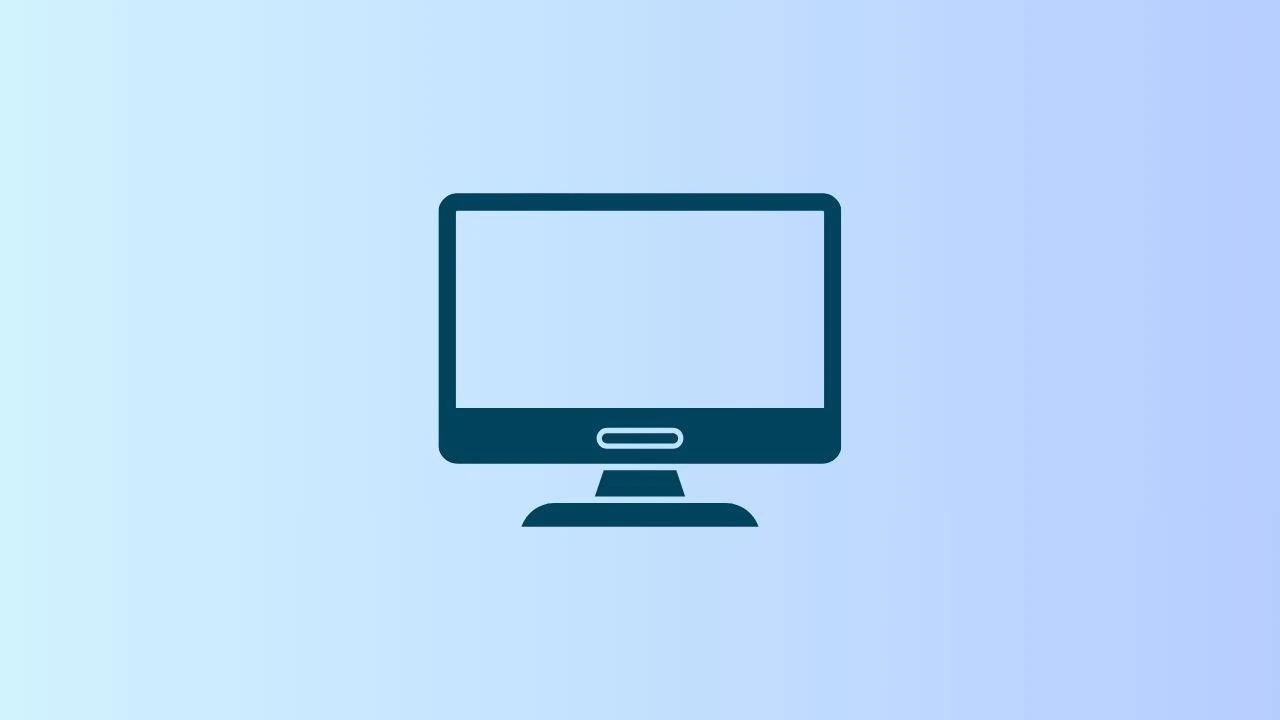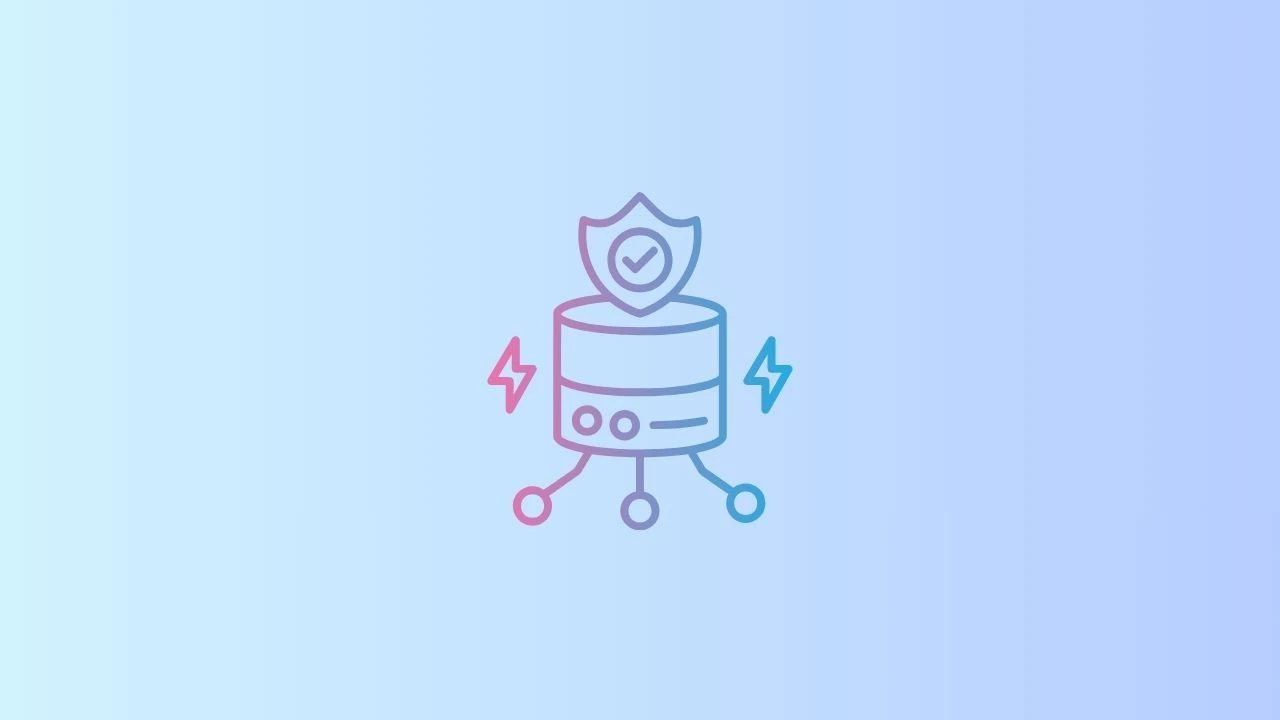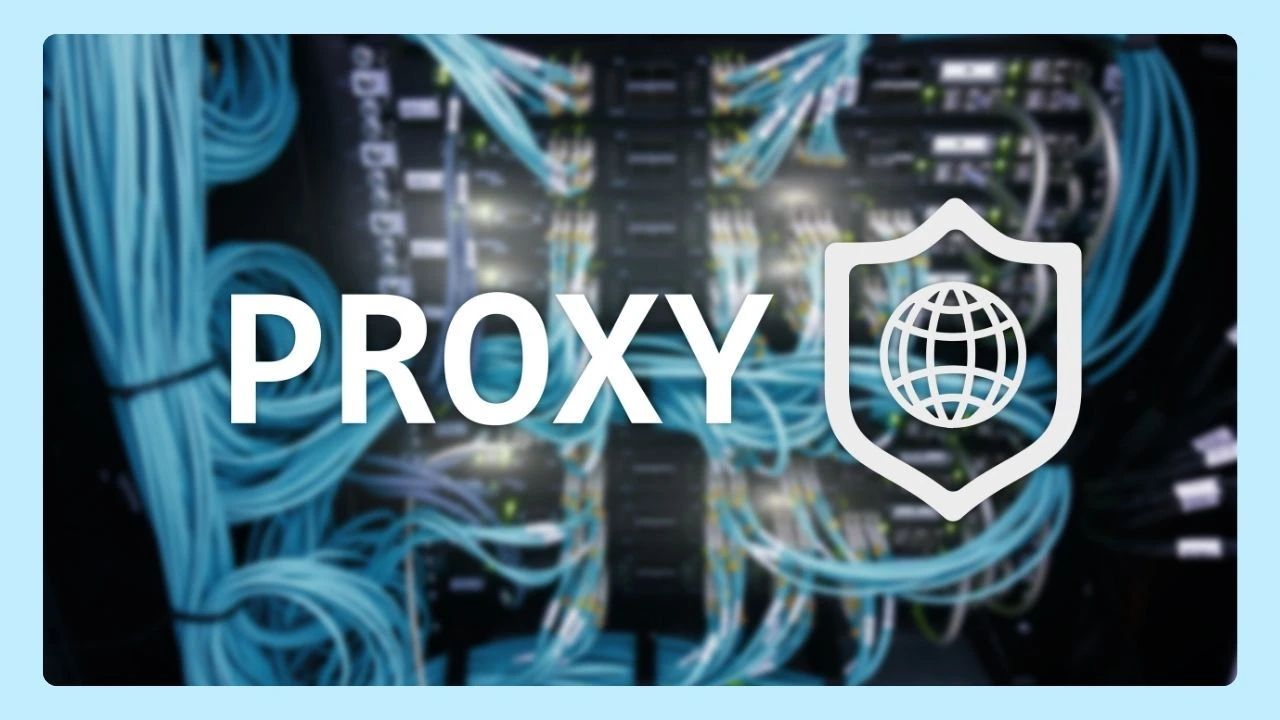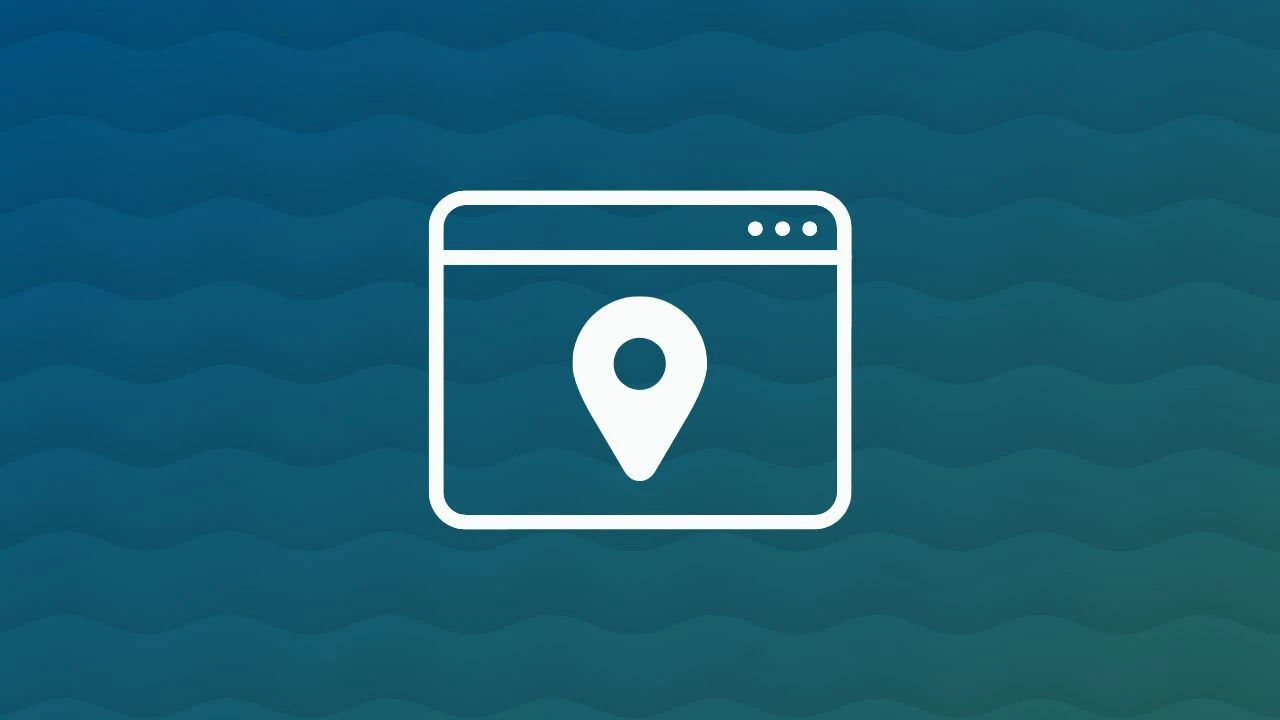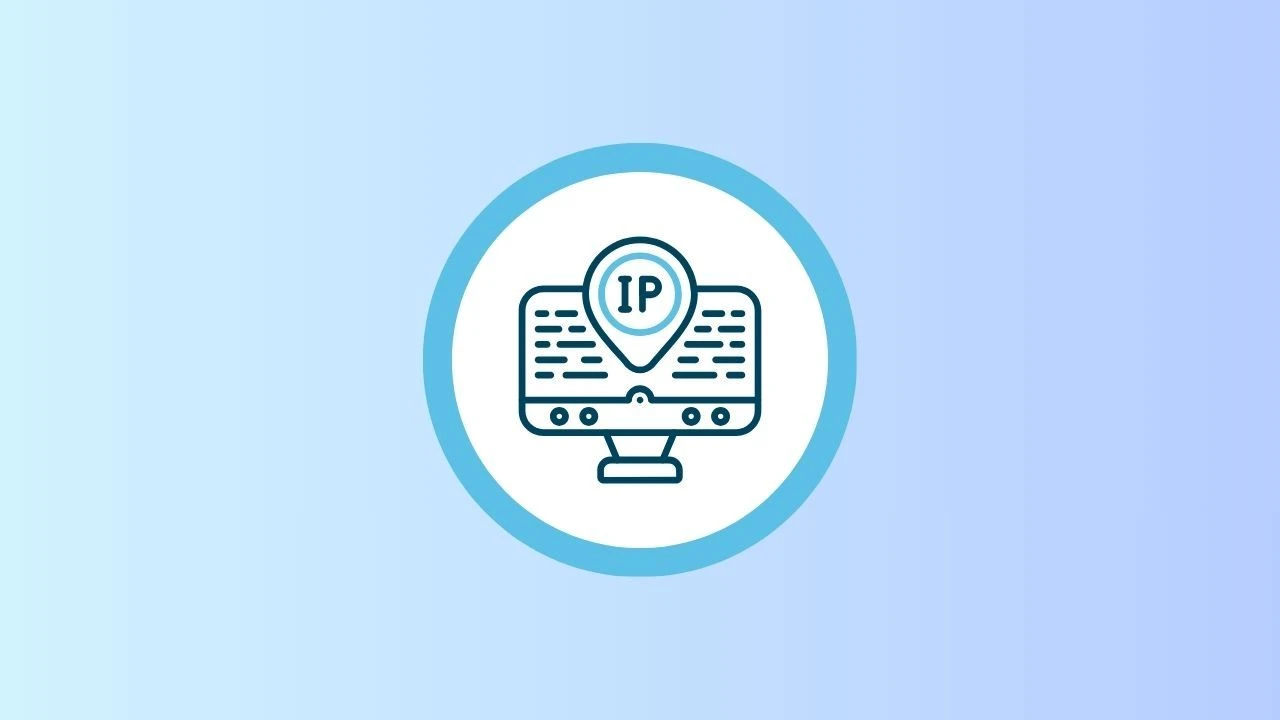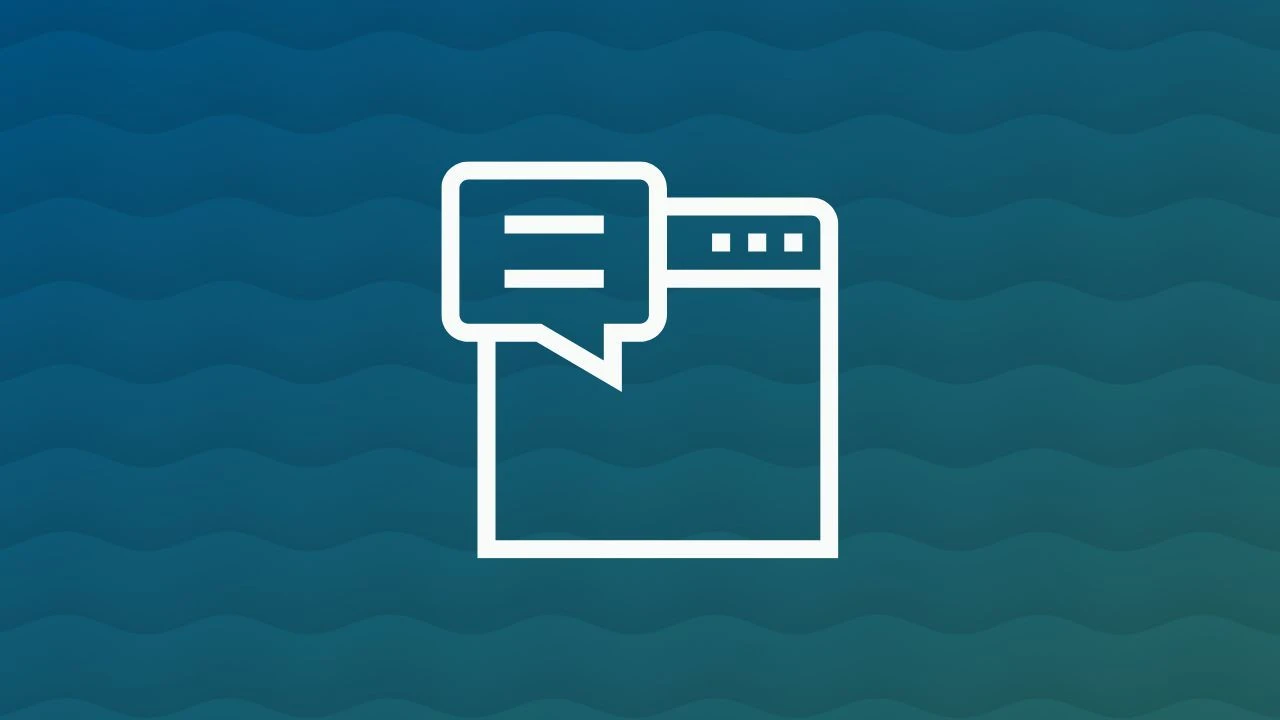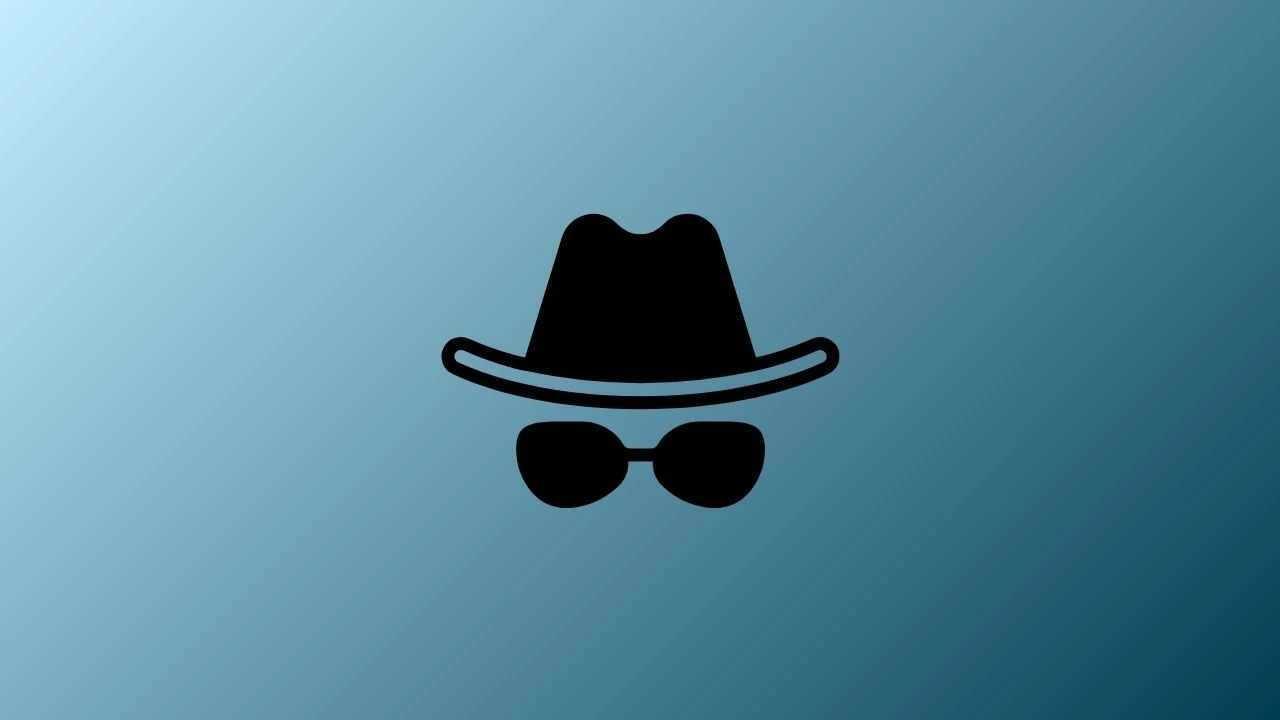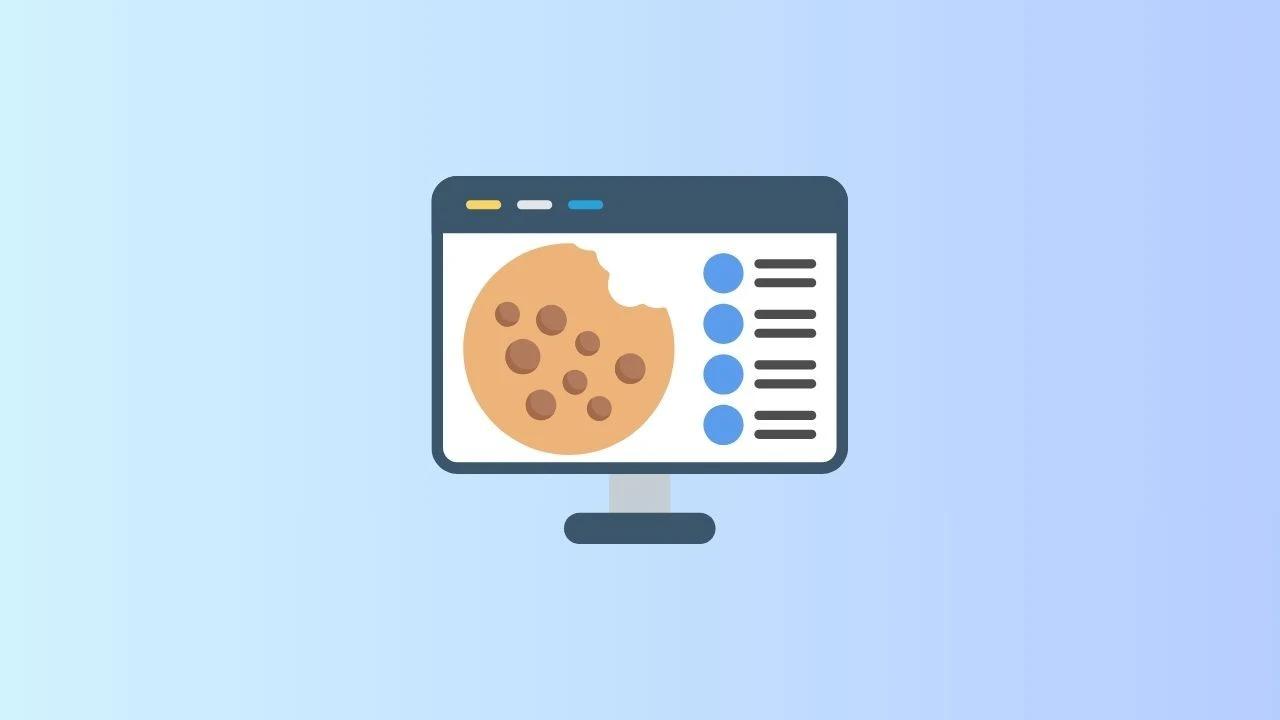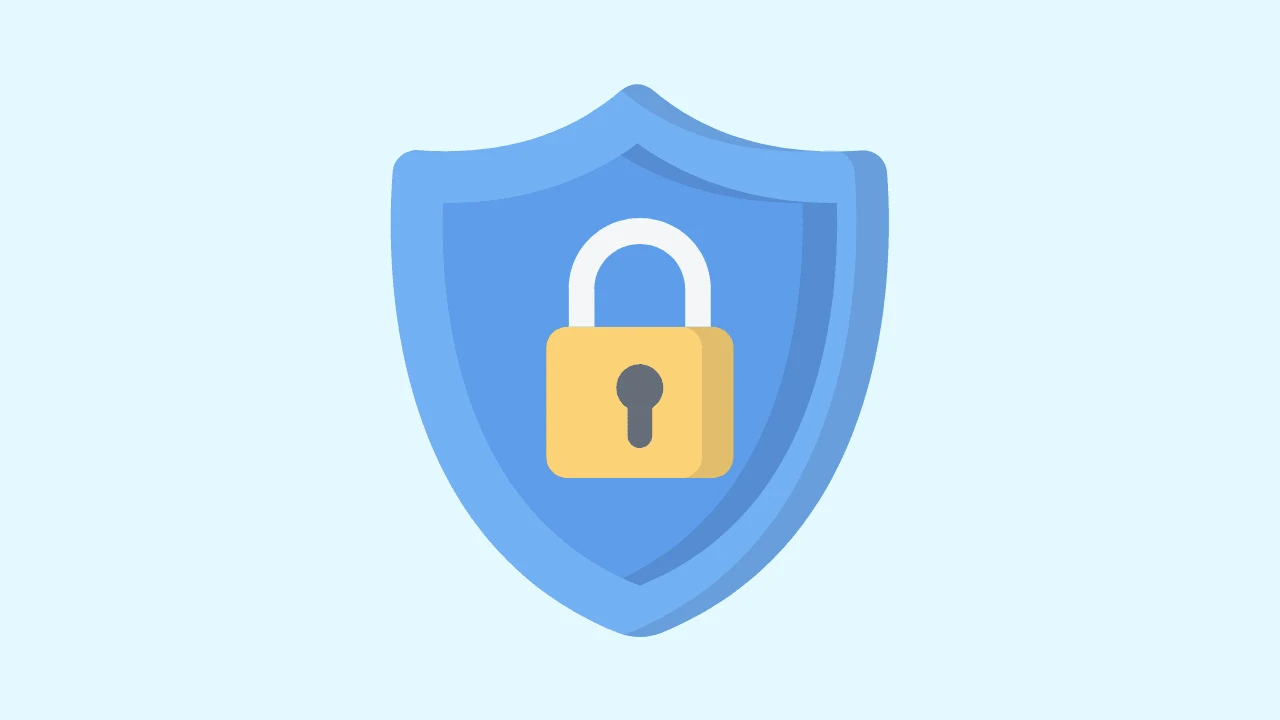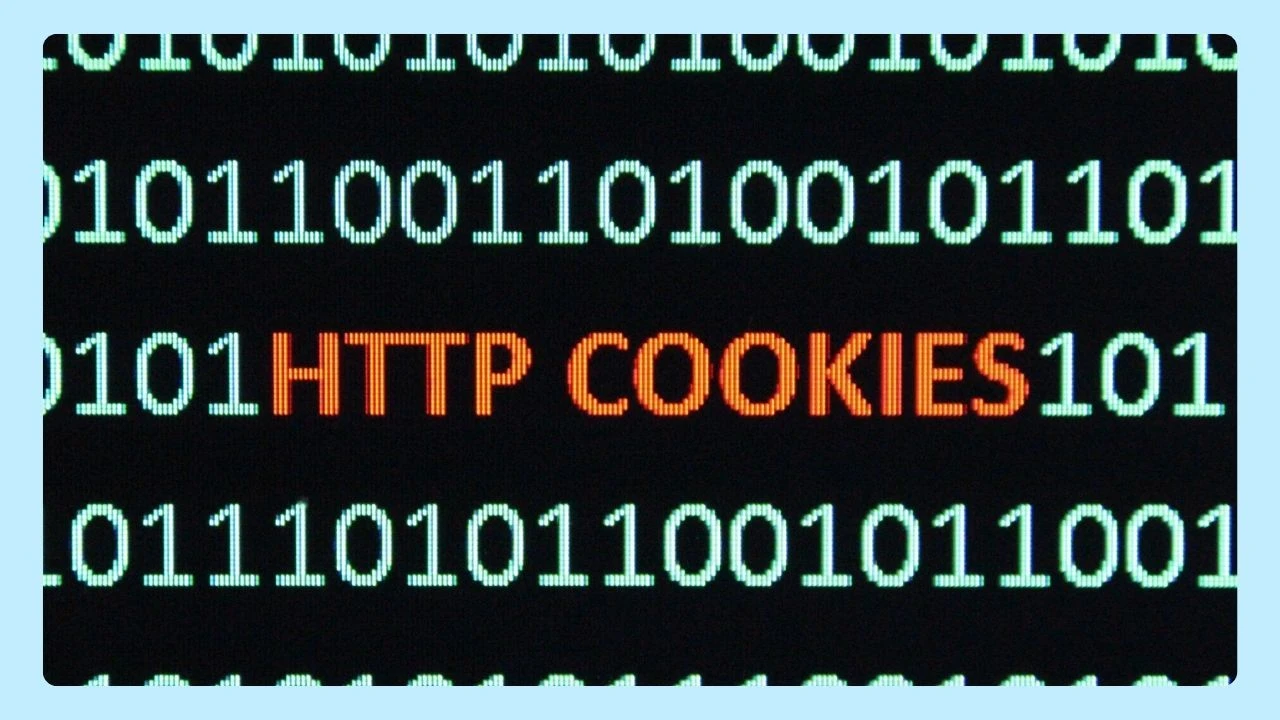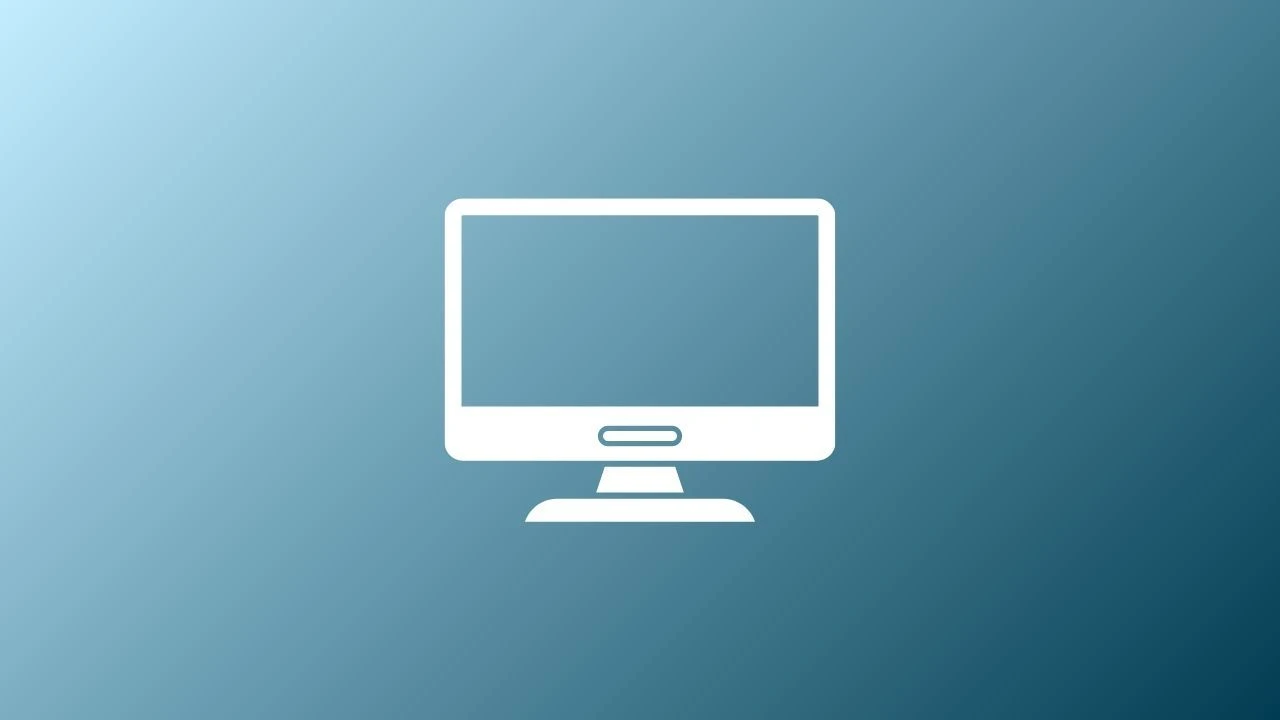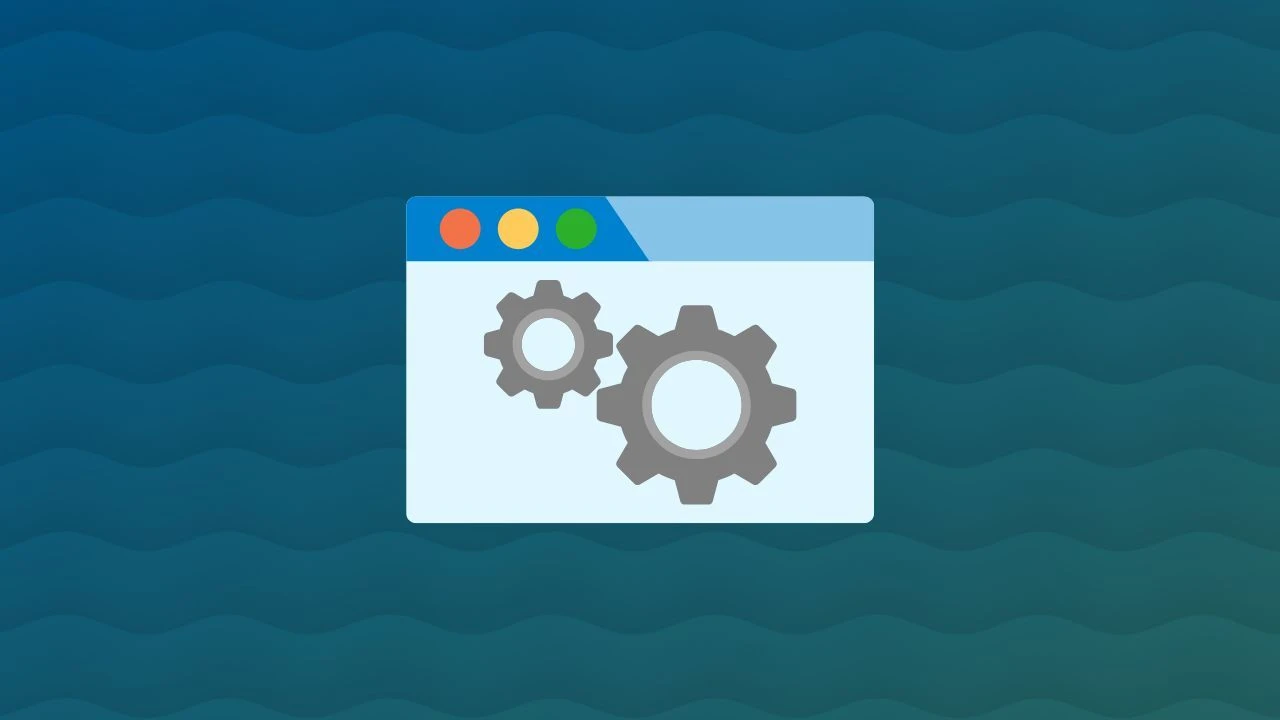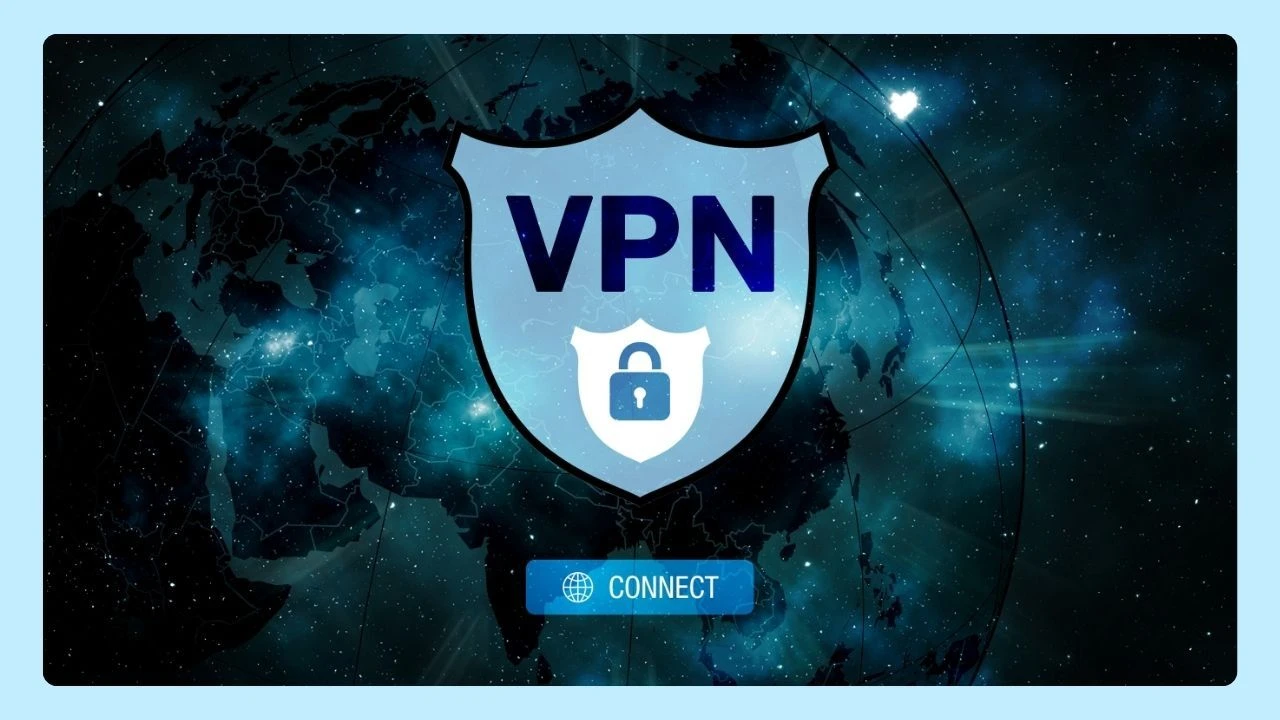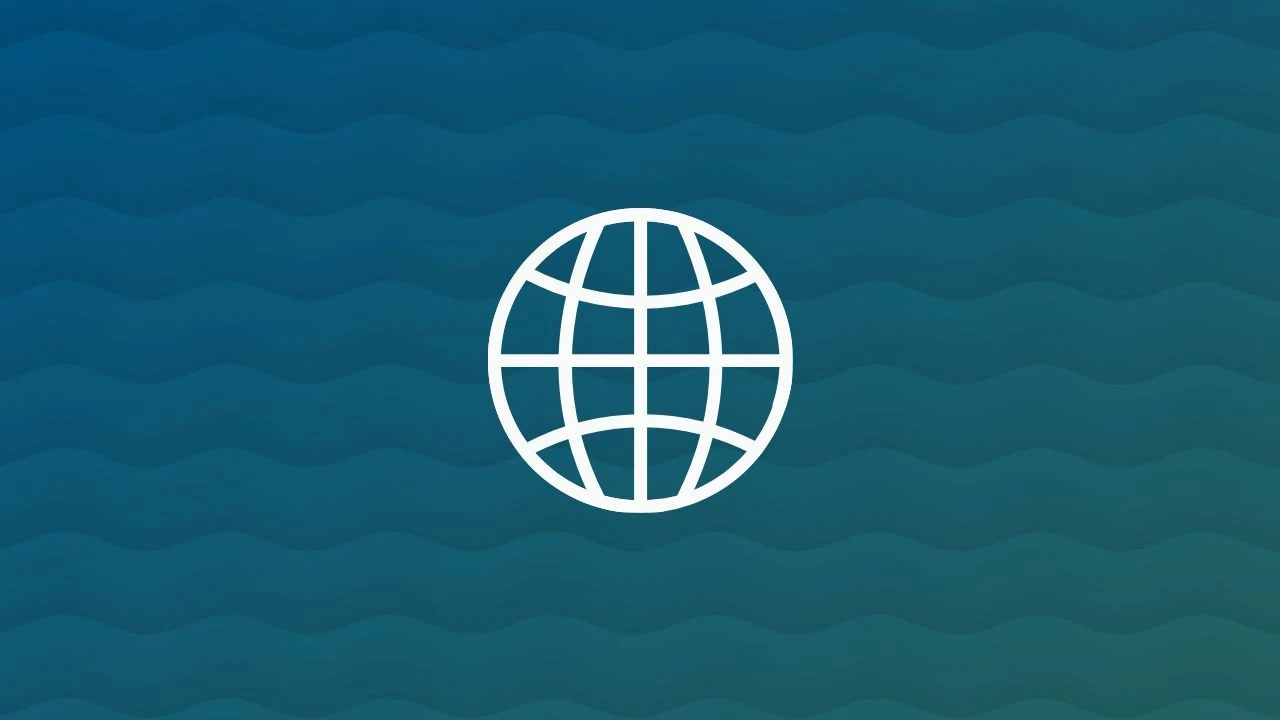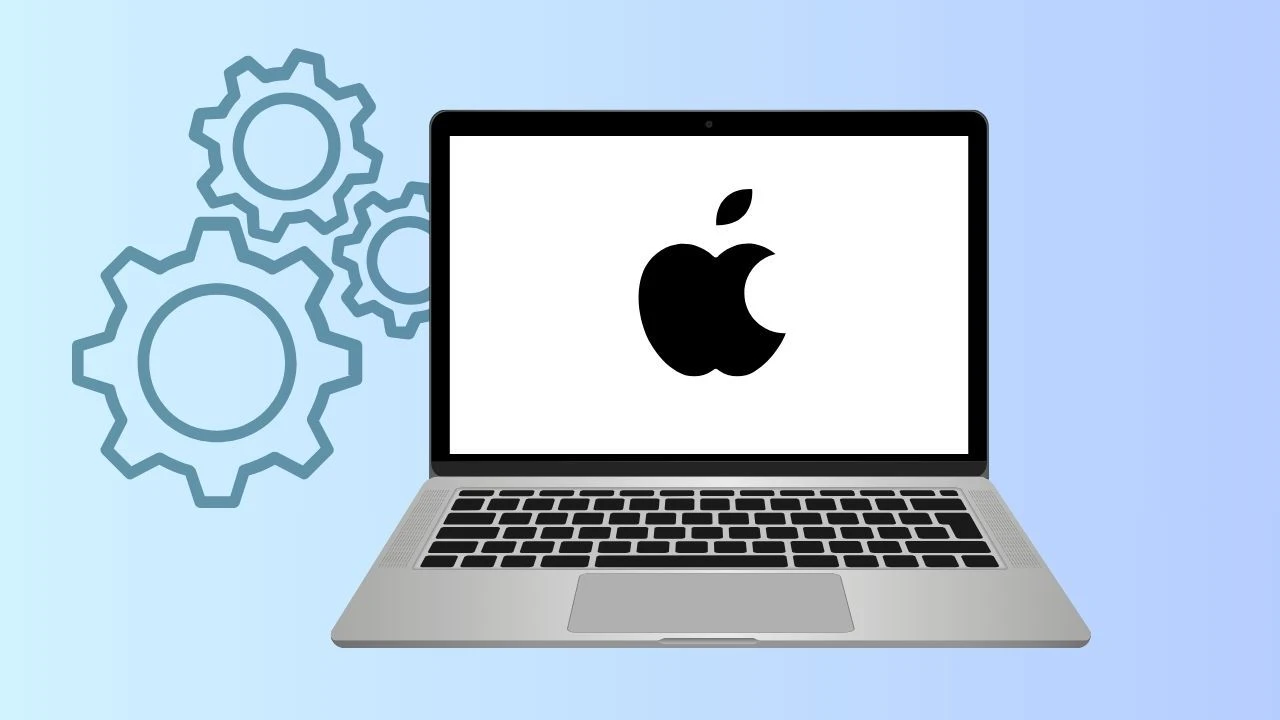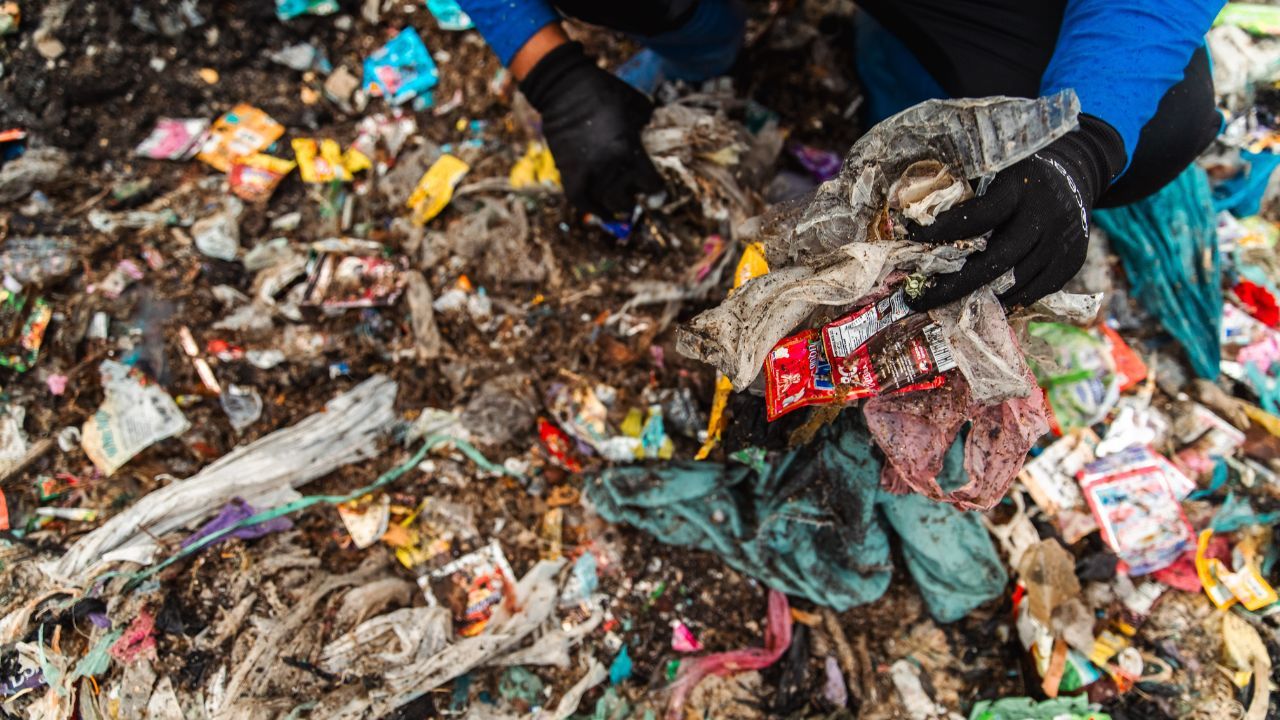
At Wave Browser, we believe the internet should empower real-world change. That’s why we support environmental protection through digital choices—like using a browser that actively funds ocean cleanup.
But impact doesn’t stop at the screen. Beach pollution is one of the most urgent environmental crises affecting our oceans, coastlines, and communities—and you play a vital role in solving it.
How Much Pollution Is on the Beach?
The amount of pollution on the world’s beaches is staggering. In the United States, thousands of pounds of trash wash up on shores every day—ranging from microplastics to derelict fishing gear, plastic waste, and even raw sewage in some areas.
According to a recent study from an official government organization like the Environmental Protection Agency (EPA), storm runoff and nonpoint source pollution are the leading causes of beach contamination. This affects beach water quality, public safety, and marine life—from sea turtles and dolphins to marine mammals that suffer from ingestion or entanglement in plastic debris.
In the Great Lakes and along California coastlines, regular testing has shown dangerously high levels of pollutants—from nitrogen, phosphorus, and excess nutrients to toxins that feed HABs (harmful algal blooms) and create dead zones in coastal waters.
What Causes Sea Pollution?
Beach pollution is directly tied to broader ocean pollution. Trash discarded inland often finds its way to waterways via sewers, wetlands, or urban runoff—especially during heavy rain events or extreme natural events like hurricanes.
Common causes include:
- Plastic production and improper disposal
- Fishing gear left or lost at sea
- Unregulated wastewater discharge
- Garbage patches like the Great Pacific Garbage Patch and smaller gyres in the North Pacific Ocean
- Polluted lagoons and failing sewer systems
- Everyday actions like flushing toxic chemicals or tossing trash in storm drains
Much of this waste ends up as plastic soup, a dangerous mix of debris and microplastics that affects the food chain, including seafood we consume.
It’s not just bad for the ocean—it’s a serious public health issue. According to the Clean Water Act, water quality at public beaches must be monitored regularly. Poor beach water quality can cause rashes, respiratory illness, and other threats to human health.
How Can We Help Beach Pollution?
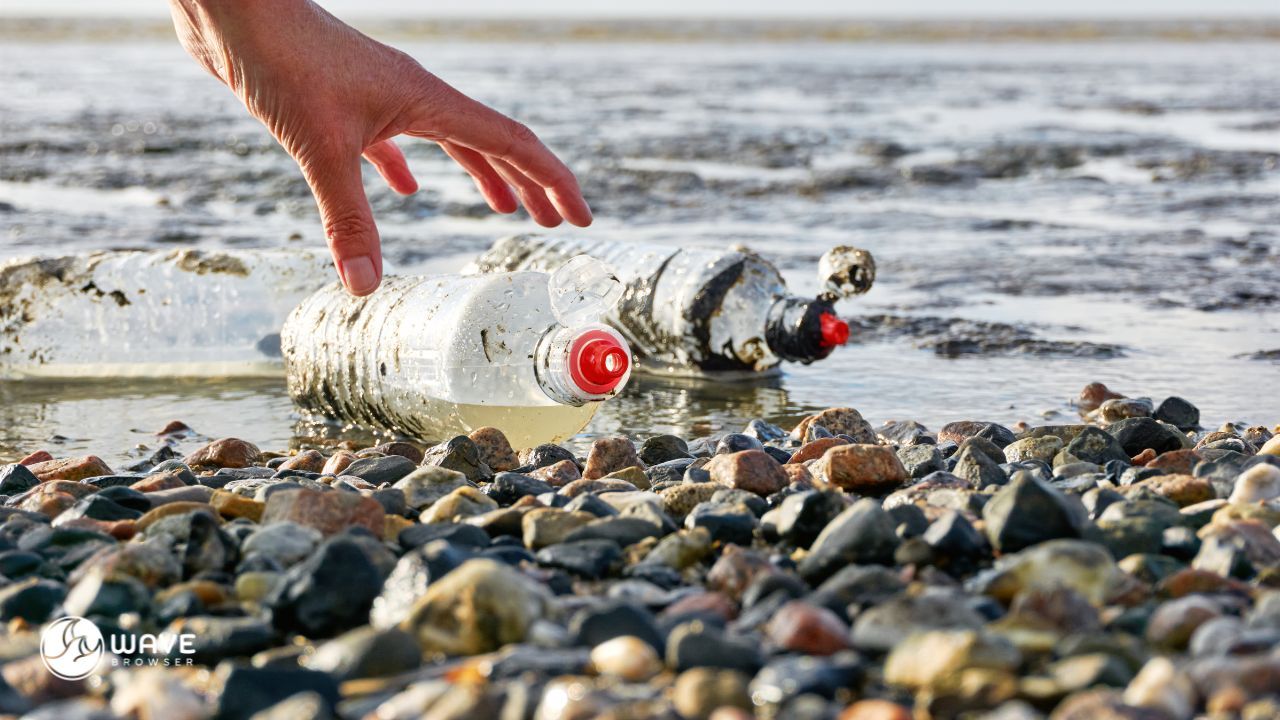
The good news? You can make a difference.
Start with Digital Awareness
Wave Browser is committed to eco-conscious technology—and supports verified cleanup initiatives through organizations like 4ocean.
With Wave, even everyday actions—like reading the news, watching videos, or shopping online—contribute to a cleaner future. You don’t have to change your habits to make a difference. Every tab you open supports verified ocean cleanup, turning your regular browsing into real-world impact.
It’s effortless, measurable, and built right into the experience. Wave makes purpose part of your routine—one click at a time.
Take Everyday Actions To Reduce Pollutant
- Reduce plastic use—especially single-use items
- Dispose of fishing gear and plastic debris responsibly
- Use natural fertilizers to limit excess nutrients in runoff
- Support bans or cleanups near coastlines and wetlands
- Choose https and secure websites when donating or researching environmental nonprofits
Get Trusted Info from .gov Sources Like NOAA & EPA
When it comes to understanding beach pollution, its causes, and its solutions, it's essential to rely on trusted, science-based sources. Official websites like the NOAA (National Oceanic and Atmospheric Administration) and the EPA (Environmental Protection Agency) provide verified data, alerts, and research on everything from water quality and marine debris to toxic runoff and climate impacts.
These .gov websites offer the most up-to-date information on:
- Beach closures due to pollution
- Harmful algal blooms (HABs)
- Plastic waste levels in coastal waters
- Marine animal protection
- Cleanup initiatives and community programs
Using secure websites (look for https and the lock icon) not only protects your sensitive information, but also ensures you’re getting information from legitimate sources—not misinformation or clickbait.
At Wave, we encourage digital responsibility—trust the science, trust the source, and make every click part of a more informed, more impactful decision.
Participate in Cleanups
Join local beach cleanup events—especially in California, Hawaii, or along the Great Lakes. Organized efforts, whether community-driven or backed by an official government organization, are essential to removing metric tons of waste from beaches and stopping it from entering the ocean.
Why Wave Supports This Mission
Beach pollution doesn’t just affect sea animals—it impacts all of us. From the quality of our drinking water to the safety of seafood, the ripple effects of plastic pollution and contaminants go deep.
Wave Browser was created with digital sustainability in mind. That means using fewer system resources and supporting causes that restore balance to the planet. When you choose Wave, you’re not just choosing security and productivity—you’re joining a movement for cleaner beaches, safer waters, and a healthier future.
Want to support cleaner oceans with every search? Download Wave Browser to join the mission. Every tab helps remove trash from the sea.
Real Change Starts With You
Beach pollution is complex—but not hopeless. With every informed choice, from what you click to how you consume, you can reduce your footprint. Let’s protect marine animals, defend public health, and fight pollution one decision at a time.
Make every tab count—for you, and for the ocean.
